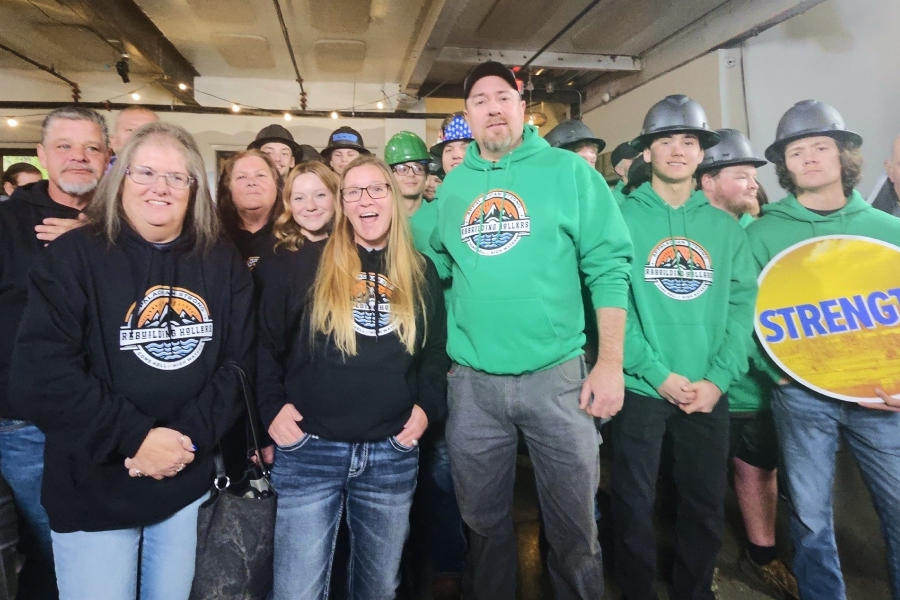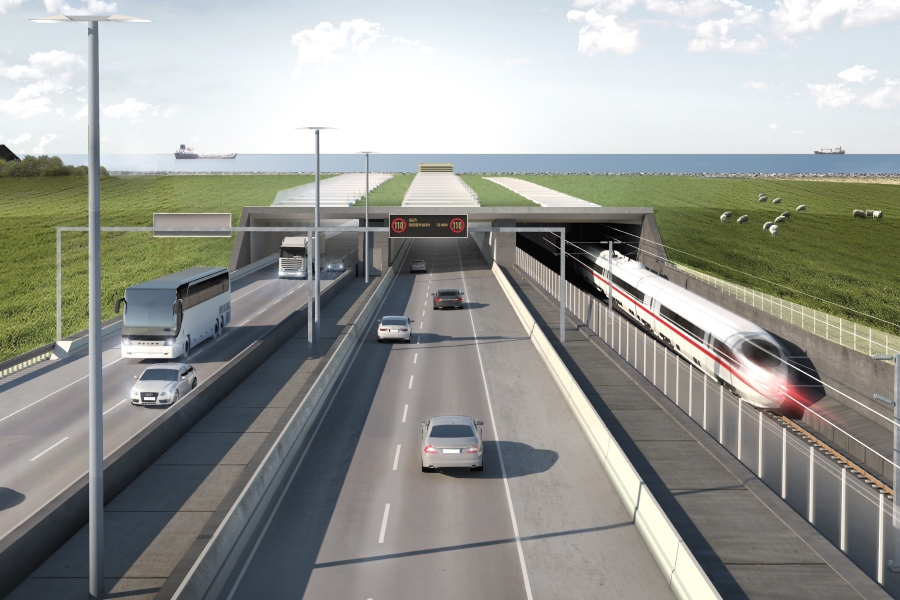One of the lasting legacies of the COVID-19 pandemic is a desire to continue working remotely. Even with legal restrictions ending in March, this option will likely continue for many. A recent survey found that 60% of people want this flexibility to remain. Four in five businesses (79%) said they did not expect to return to pre-pandemic levels in terms of people being full time in an office.
Working from home traditionally has not been the norm in construction, and of course some roles still need to be site-based. However, many businesses in the sector have found that remote working can be successful for certain jobs.
This is evidenced by current recruitment in the sector as remote construction jobs are becoming available. A quick search on Indeed shows that nearly 300 jobs are being advertised as home based, including consultants, architects, project managers and estimators.
What does this mean for the future? In theory, it should open the industry to a broader range of candidates by removing potential barriers. A more diverse, representative industry is likely to increase creativity and innovation, and offers a possible solution to the industry’s growing skills shortage.
The key to remote success
Technology clearly plays an important role in successful remote working, with both hardware and software solutions required. However, there is more to it than having the right tools in place. Many businesses have problems with technology rollouts. Various research reports from companies like Gartner and McKinsey estimate that anywhere between 70% to 90% of implementation projects fail or miss the desired return on investment (ROI).
The reason for this is rarely because of the technology. It is about a failed change management process, from the moment procurement starts through to internal rollout and ongoing management.
A question of organisational culture
Change management can become more difficult in a remote working environment. How do you make the right connections between your internal teams?
Internal processes and formal structures go a good way toward driving the culture and behaviours that you want to see as they set the expectations for how teams will work together remotely. Linking this to job roles will help people to understand the part they are playing within the organisation and help to join the dots between technology, different team members and tasks.
When communicating about this, it is important to focus on the benefits for different user groups and how the tools the organisation uses can make work more efficient and drive better performance. A good technology provider that understands and complements your culture is a must. They can help you with this process and take on the more technical elements.
Working in the cloud
One of the largest benefits of a remote approach is that team members are no longer constrained by geography—you can bring together the right team for the task, wherever they are.
Whether a large multinational, regional business or smaller business that has people working in different locations, this connection means you can link and integrate different groups within construction easier than ever.
With the right tools, people can work in shared, virtual spaces, providing a digital equivalent to gathering around a desk. This can happen both in real time, via online meetings or in software, or on demand, with people working on shared files and using email, comment and chat functionality to run conversation threads. For example, Studio in Bluebeam Revu allows you to invite up to 500 people into a session for a cloud-based collaboration session, which can be held in real time and helps to foster faster conversations. A live activity feed keeps track of all comments and changes, and you can even set different permissions for different user groups, adding an additional level of control to projects. With built-in functions including intuitive measurement tools, plugins (such as a SharePoint integration) and filters that help you manage and search data effectively, it can drastically improve projects and ensure accuracy in faster timeframes.
Solutions like this make it easy to keep construction teams in sync and allow them to review the latest project documents at any time. This can speed up tasks such as design reviews by allowing stakeholders to mark up and instantaneously collaborate on the same documents. At the same time, an audit trail is created, which helps companies to manage risk.
Having the right software, underpinned by regular internal engagement and positive reinforcement about the benefits, can help organisations to bridge the gap with their teams and make remote construction work possible.
The benefits include improved performance and connectivity between teams, with projects more visible across the business and time saved on tasks, costs reduced and risk more effectively managed. For help bringing your teams together and improving collaboration, click here.











